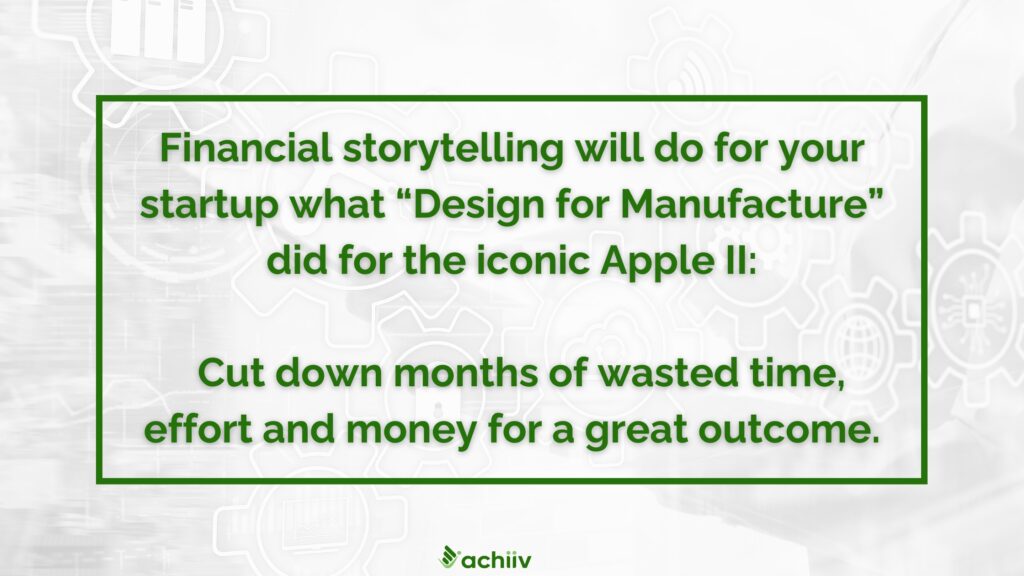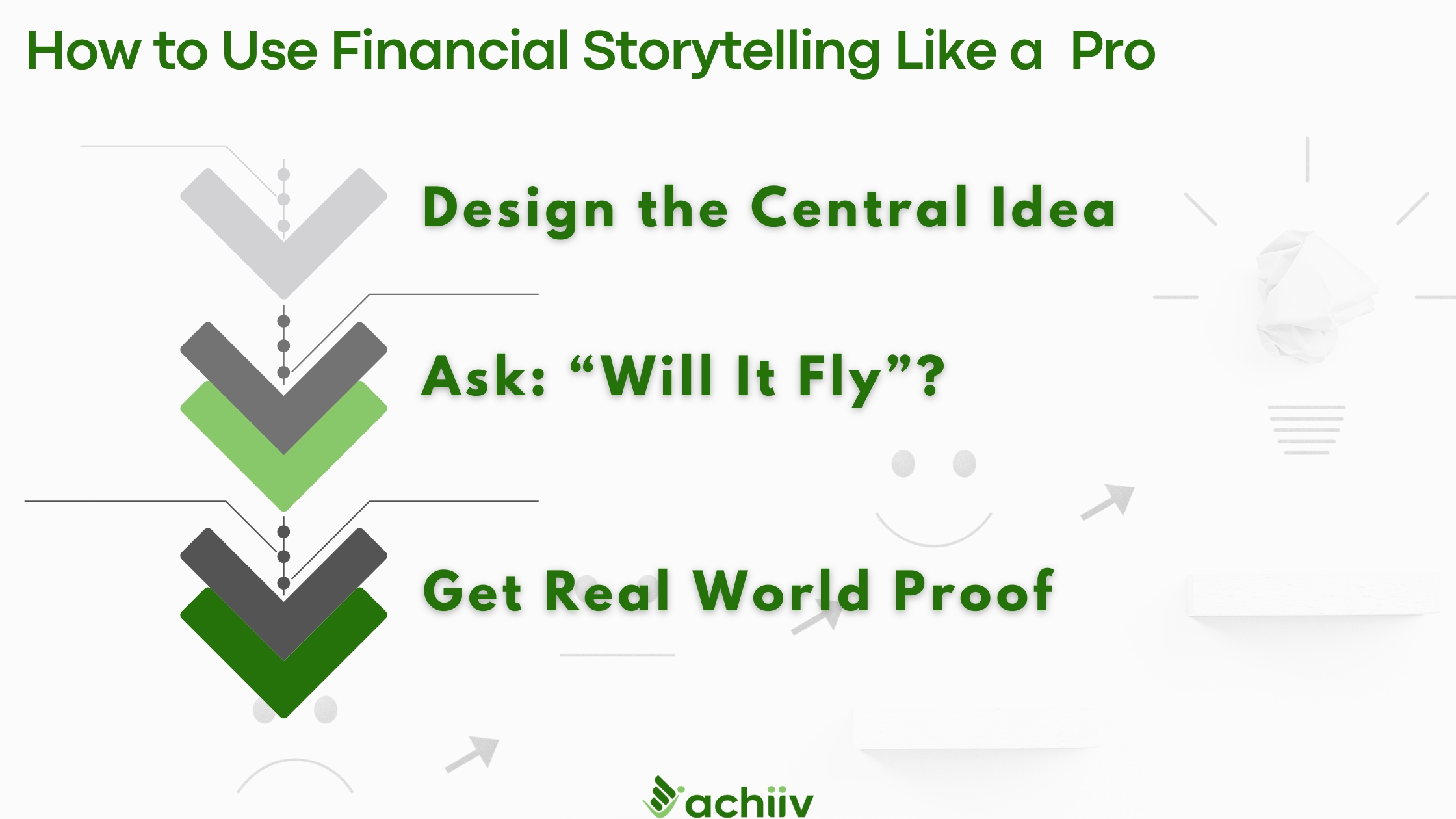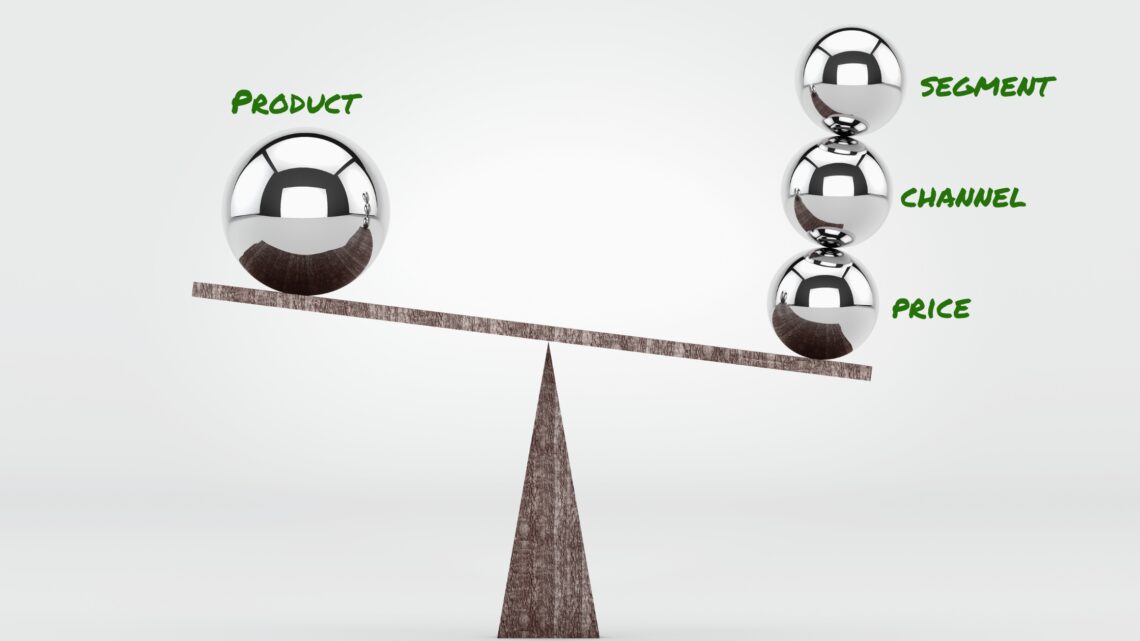She had poured her heart and two years of her life into developing this new technology that would drastically improve outcomes in healthcare. Technically, it was a 10X improvement over the status quo. Truly better, faster, cheaper. All she needed to do was put the pitch deck together and she was ready to raise.
Or so she thought.
As I started asking her the most basic screening questions any investor would ask, a look of dismay settled on her face. She’d been sure she was 90% of the way there, but now realized she still had the other 90% left – the details of how she’d distribute the product, how much cash she needed, what margins her products earned, how she would prove RoI to her customers.
These were issues far beyond “I just need to create the pitch deck”.
She had eight weeks of cash left in the bank.
As technical founders, you face the double whammy of having to prove that your tech works as advertised, but at the same time you also have to prove you’re building a commercially attractive business.
How will you manage both on a slim budget and nonexistent bandwidth?
You can – through financial storytelling!
Financial storytelling will do for your startup what “Design for Manufacture” did for the iconic Apple II – a better product brought to market faster and cheaper.
Why Financial Storytelling is Your Startup’s Secret Weapon
Financial storytelling helps you collapse and speed up your startup development journey in multiple ways:

Fix Fatal Flaws Early
When designing a product, as early as the blueprint stage, a part is progressed only if it can stand the rigors of manufacturing. Will the materials hold up? Can the specifications be honored? If not, it’s canned, cutting a bunch of downstream waste.
In the same way, when you use financial storytelling in designing your startup, you’re testing it with the critical eye of the investor, for example:
- Will customers really pay this price?
- Will the method of distributing it work for this price point?
- Will your channel want to carry it?
You don’t waste months of effort and money only to discover that your channel strategy costs too much to let you make any profit, or generates too few sales to make it work.
Streamline Time to Funding (and Market)
In a designed-for-manufacture product, the product gets to market much faster – because everything that drives manufacturability was already thought of before the first unit ever touched the factory floor. There are few nasty surprises springing up when it’s most expensive to clean them up.
Likewise, financial storytelling allows you to sanity-test, with the skeptical eye of the investor, whether every part of your business model, your go-to-market strategy, and growth plan, will pass muster in the messy real world.
Do this before real money has been sunk, and you’ll be able to change course and reconfigure critical elements faster and easier. You’ll also be able to defend your strategy much more credibly with investors.
Reduce Cost to Build
Eliminating flaws ahead of time and testing for manufacturing fit all mean that it ultimately costs less money and takes less time to bring a product to market. This means lower hurdles to make money, and less funding to launch a new product.
When raising the next dollar for your startup feels like pure pain, reducing the need for funding gives you a huge advantage in getting your startup off to a successful start, getting to market earlier and achieving traction – all in less time and with less money.
How does that sound?
How to Use Financial Storytelling Like a Pro
Getting these benefits isn’t complicated. It’s not easy, but it’s simple – you can start wherever you are in your startup journey.
Here’s how:
Design the Part: Articulate the Central Idea:
For each “part”, aka, element of your business model, articulate your “design” in one sentence:
- Market segments
- Product value proposition
- Monetization method, pricing plan
- Customer acquisition and channel
- Profitability
- Growth and scale
Doing this exercise will force you to reduce your big vision and possible paths down to the one or two that have the best bet of succeeding tomorrow. In the early stage game, investors care more about near-term markers of viability than potential billions in the distant future.
Evaluate “Manufacturability”: Ask the Make-or-Break Question:
What will make this “part” of your business model work?
- What is the minimum threshold of “performance” for this part?
- What numbers measure performance?
- What’s the “danger level” for this part?
A founder I know was developing the channel strategy for her ed-tech product. Her challenge was to figure out which of her four channel options she should prioritize – each channel was expensive and time-consuming in itself, and she had very little of both at hand.
A day’s worth of answering these questions helped her see that for her price point, any channel that couldn’t generate at least 100 subscriptions per channel partner per year was a total waste of time for her. Getting these partners interested, signed up and performing is a long, expensive and involved process. Clarifying her threshold upfront helped her instantly eliminate 30 – 40% of potential channel partners in her list.
Given that each partner takes a minimum of 20 hours of her time to even qualify them, and up to 3 months to sign for a pilot, this one step saved her months of go-to-market time.
Test for Verification: Run Real Life Experiments
What one real-world action, test or result will give you definitive indication of whether you’re on the right track or not?
The ed-tech founder I talked about earlier knew that something as simple as the percentage of channel partners responding to an attractive invitation tailored to their specific need was a telling way to assess channel appetite and prospects.
When it took her six months to get agreement even to the invitation in one of her channels, she knew it was time to move on.
But what allowed her to not waste these six months was that she had designed similar real-life tests for all four of her potential channels to run in parallel.
Because they were lightweight, cheap and possible to run simultaneously, she had learned a lot and actually narrowed her options to two surprising new channels in those six months, while also making progress on her product.
The key to all these advances was simple: Designing easy-to-run, easy-to-measure tests on multiple “parts” while at the same time, learning and improvising rapidly even with only early / partial results.

Be a More Impactful Visionary
All founders are visionaries in some shape or form.
The garden variety founder restricts her vision to generalities and the distant future.
The committed founder transforms that vision into a second, more impactful version: a powerful financial story that helps her craft, shape and bend limited resources into unimaginably powerful results.
Financial storytelling is your secret superpower to help you build a better startup faster and cheaper – all with little more than pen, paper, a free spreadsheet program, some elbow grease and “shoe leather”.
No VC funding needed.
What kind of visionary founder will you be?
Want more like this? Sign up now for Seed2Success from Achiiv – the weekly digest with insightful podcast episodes, financial storytelling advice, actionable tips and more – 100% free!







